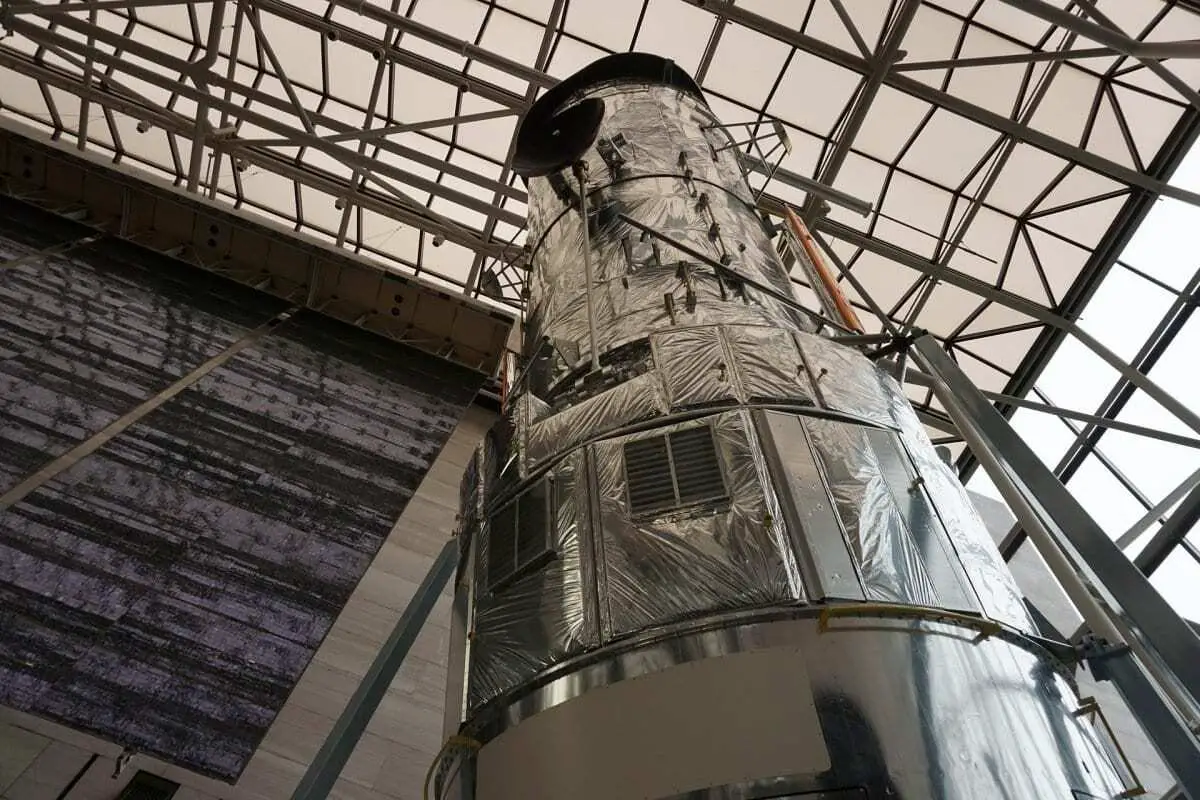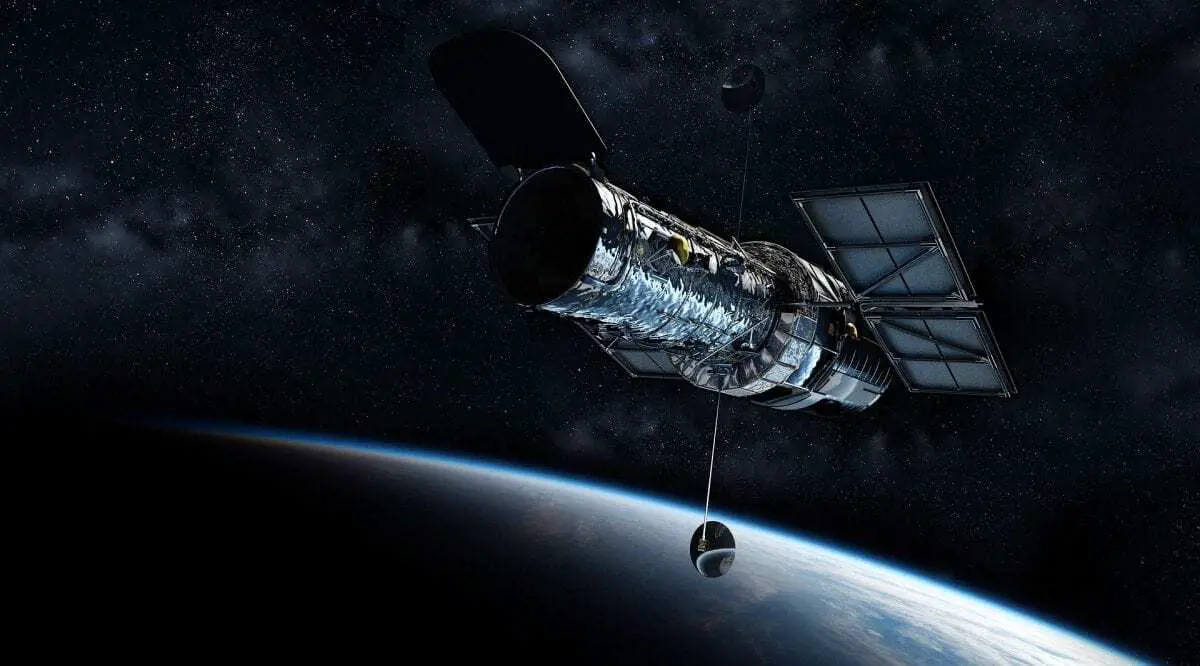Peering into the darkness to see what we could not previously see, the Hubble Space Telescope has been delighting scientists and the general public for 30 years with revealing details and images of galaxies, celestial phenomena, and planets within and beyond our solar system.
Launched in 1990 with an ambitious mission to probe the age and expansion of the universe, Hubble continues to open windows to new cosmic mysteries and will do so for years to come.
In addition to providing researchers with more than a million observations and corresponding data, Hubble has provided beautiful and astounding images to the general public, inspiring awe of our universe and a greater interest in astronomy. From chronicling the birth and death of stars across our galaxy to mapping dark matter, the telescope has answered some nagging scientific questions, created more inquiries, and pushed the boundaries of understanding and wonder among many astronomers and astrophysicists.

The American Institute of Physics recognizes and celebrates the momentous occasion of the 30th anniversary of the launch of the Hubble Space Telescope. From the Space Shuttle Discovery, which launched April 24, 1990, the telescope was deployed into orbit by a crew of NASA astronauts and began its mission of looking into deep space. Its first photo was of a binary star, HD96755, in the open cluster NGC 3532, about 1,300 light-years away from Earth. Since then, images of galaxies 10 billion light-years away, black holes, and more recently exoplanets have dazzled the world and improved our understanding of the wonder of the universe.
“Since the launch of the Hubble Space Telescope in 1990, this great observatory has opened our eyes to the wonders of the universe, heralding a new era in astronomy, astrophysics and planetary science. Images from Hubble adorn the halls of science and the bedroom walls of students of all ages,” said Steve Mackwell, deputy executive officer of AIP and an internationally recognized expert on planetary science.
“Beyond the spectacular imagery, Hubble has advanced our understanding of the farthest stars and galaxies and brought new understanding of the structure and dynamics of the planets in our solar system. It has enabled astronomers to observe the ever-changing cloudscapes of the giant planets, illuminating the evolution of their atmospheres over time scales that no planetary spacecraft alone could achieve, and shone new light on the early history of the solar system. Despite the ravages of time, the telescope continues to open the frontiers.”
American Institute of Physics (AIP)
Header Image – Public Domain







